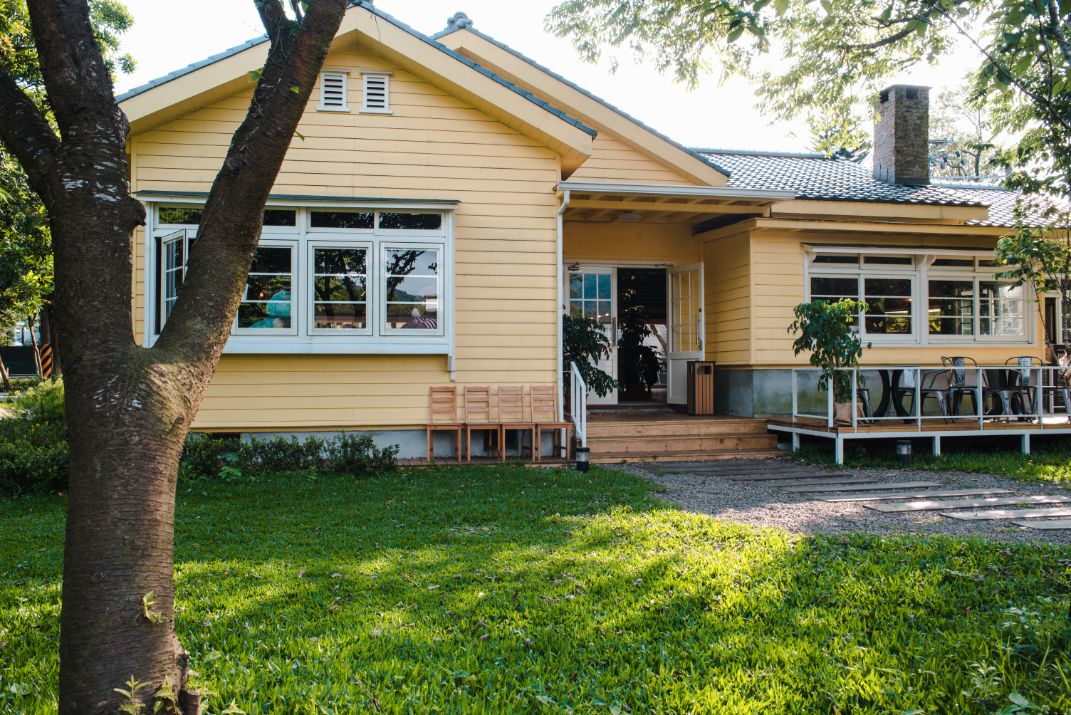Restumping time varies on several factors. Every job is unique, and the time it takes depends on the size of the house, the total number of stumps to replace, and other factors.
In this article, we will go through the different factors that can affect the total restumping time, so you have a clear idea before starting any renovations.
How long does restumping take?
On average, it takes 3-7 days to restumping or reblocking a house. However, the total time depends on a few factors –
- The total size of the house
- Number of stumps to replace
- Contractor’s experience
- The complexity of the job
What is the process of restumping a house?
The process of restumping a house involves a lot of work, which is why it’s important to have a professional do it for you. Here are the steps involved in restumping:
Remove Damaged Stumps
The first step is to jack up the subfloor to support the structure. Then we excavate around the stumps that need to be replaced. This involves digging up the soil around the stumps and removing any debris.
Replace New Stumps
Once the area is clear, the old stumps are removed, and the new ones are put in place. The new stumps are usually made of concrete or steel and are concreted into the ground at around 600mm deep.
Backfilling Around Stumps
Once the new stumps are in place and the concrete has cured, the soil is backfilled, around the stumps and any waste is removed.
Will reblocking cause damage to my home?
No, there will be no damage when restumping or reblocking your house. It’s a process where contractors jack up the floor to remove the damaged stumps and replace them.
Do you have any more questions about reblocking? Maybe you want to know the difference between restumping and underpinning. Check out this blog difference between restumping and underpinning.
How often do you need to Restump?
If completed properly, restumping can last for decades. It varies on the material –
Timber Stump – Usually lasts for 20-30 years.
Concrete Stump – Concrete stumps are good enough to stay for 50 years
Steel Stump – It lasts even longer than concrete stumps.
It is recommended to check your stumps every few years by professionals to be safe. Please note that you should not try to restump your house yourself. Trying to restump your house on your own might result in serious injury. Check our blog post can you restump a house yourself for more details.
Do I need to restump the whole house?
It varies from house to house. If most of your stumps are not good enough to support the load, it’s better to restump your whole house. Also, if you see that you had to restump a few stumps within a short time, it seems your stumps are starting to get worse and will be damaged shortly. In that case, we recommend you restump your whole house. It will save you time and money in the long run.
If only a few stumps are damaged, and others are good enough to support the structure’s load, only restump those that are damaged. Always consult a professional before making decisions, as they will have the knowledge and expertise to determine the best plan of action.
If only a few of your house stumps are damaged, you may be able to get away with just restumping those particular stumps. However, this is something that should be discussed with a professional as they will assess the condition of your stumps and advise you on the best course of action.
Can I do relevelling instead of restumping?
You can only relevel a house instead of restumping if they are built on concrete stumps and in good condition. It shouldn’t have any damage or crack on the stumps. The gap between the bearers and the top of the stumps should also not exceed 25mm.
Without fulfilling the above conditions, you can’t relevel; you must restump. On the other hand, if all the conditions are fulfilled, you can relevel your house from a renowned foundation repair company.

